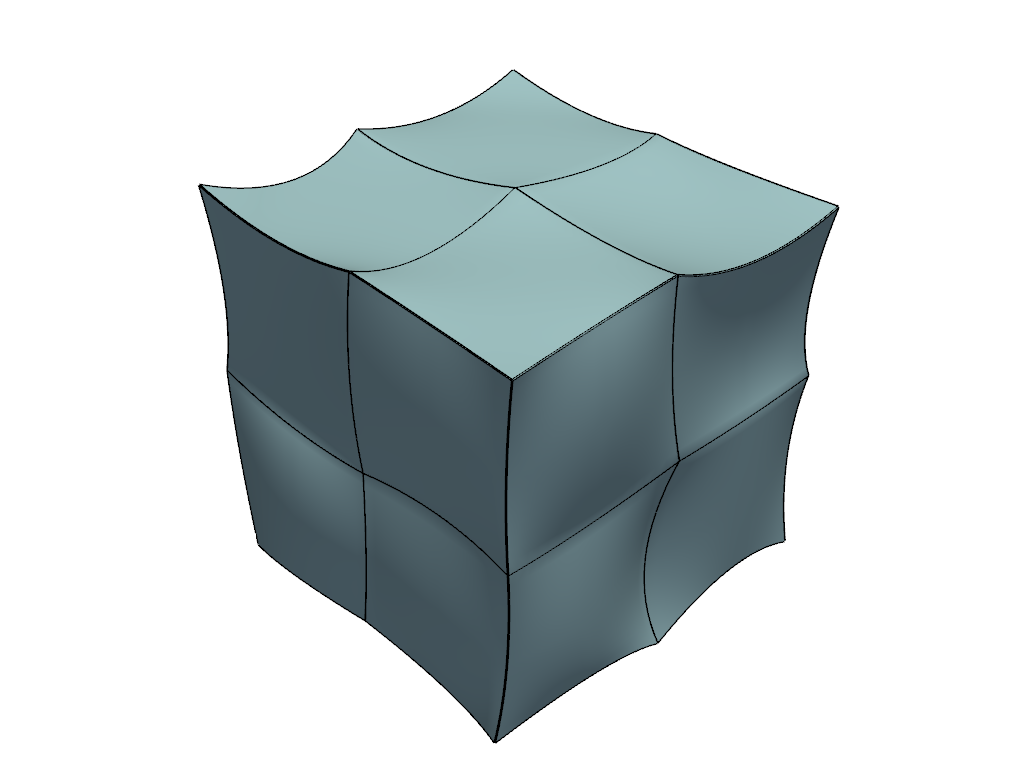pyvista.DataSetMapper.resolve#
- property DataSetMapper.resolve: str[source]#
Set or return the global flag to avoid z-buffer resolution.
A global flag that controls whether the coincident topology (e.g., a line on top of a polygon) is shifted to avoid z-buffer resolution (and hence rendering problems).
If not off, there are two methods to choose from. polygon_offset uses graphics systems calls to shift polygons, lines, and points from each other. shift_zbuffer is a legacy method that is used to remap the z-buffer to distinguish vertices, lines, and polygons, but does not always produce acceptable results. You should only use the polygon_offset method (or none) at this point.
- Returns:
strGlobal flag to avoid z-buffer resolution. Must be either off, polygon_offset or shift_zbuffer.
Examples
>>> import pyvista as pv >>> from pyvista import examples
>>> mesh = examples.download_tri_quadratic_hexahedron() >>> surface_sep = mesh.separate_cells().extract_surface( ... nonlinear_subdivision=4 ... ) >>> edges = surface_sep.extract_feature_edges() >>> surface = mesh.extract_surface(nonlinear_subdivision=4)
>>> plotter = pv.Plotter() >>> _ = plotter.add_mesh(surface, smooth_shading=True, split_sharp_edges=True) >>> actor = plotter.add_mesh(edges, color='k', line_width=3) >>> actor.mapper.resolve = 'polygon_offset' >>> plotter.show()
